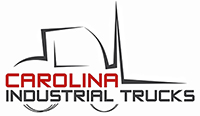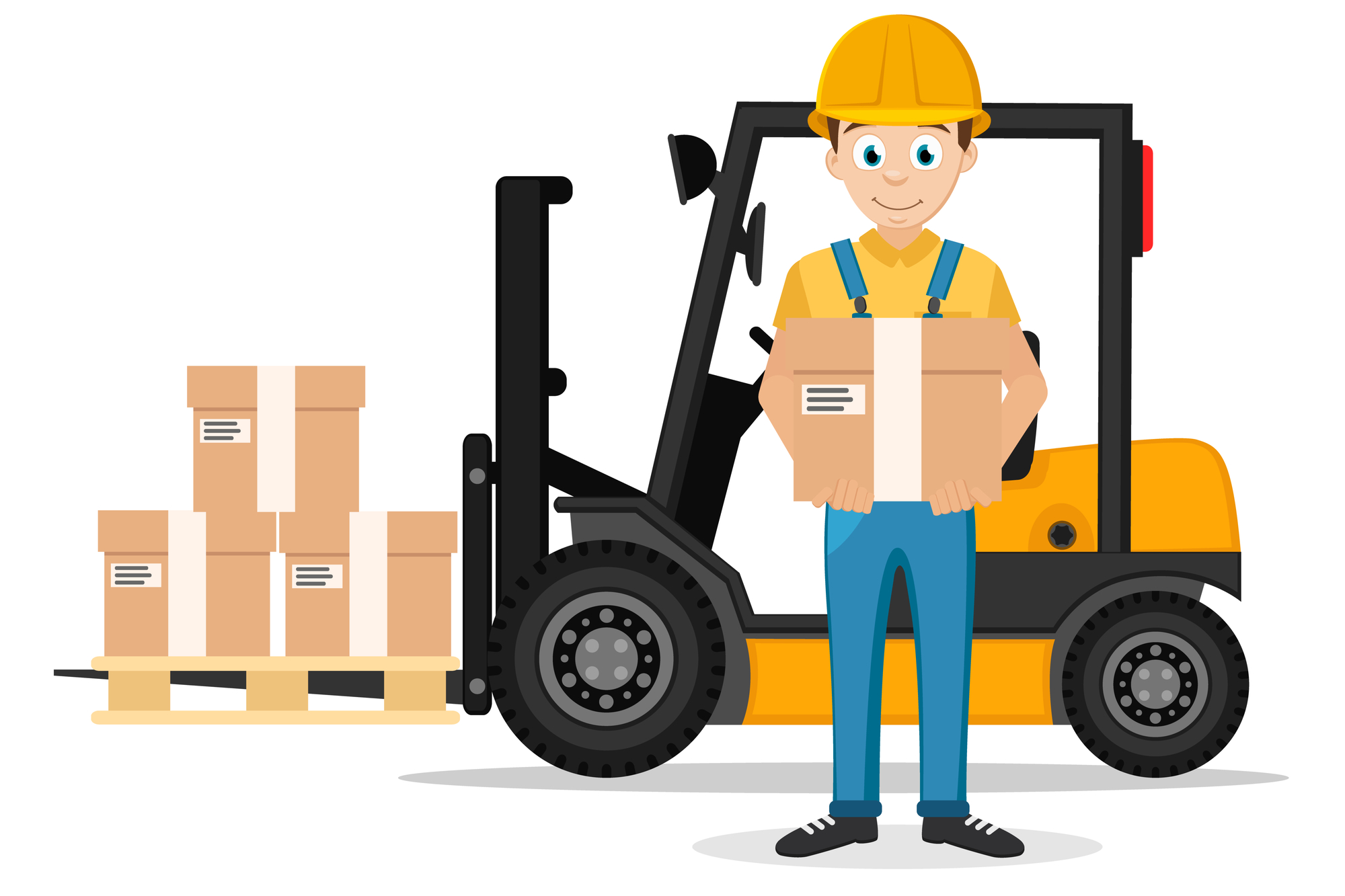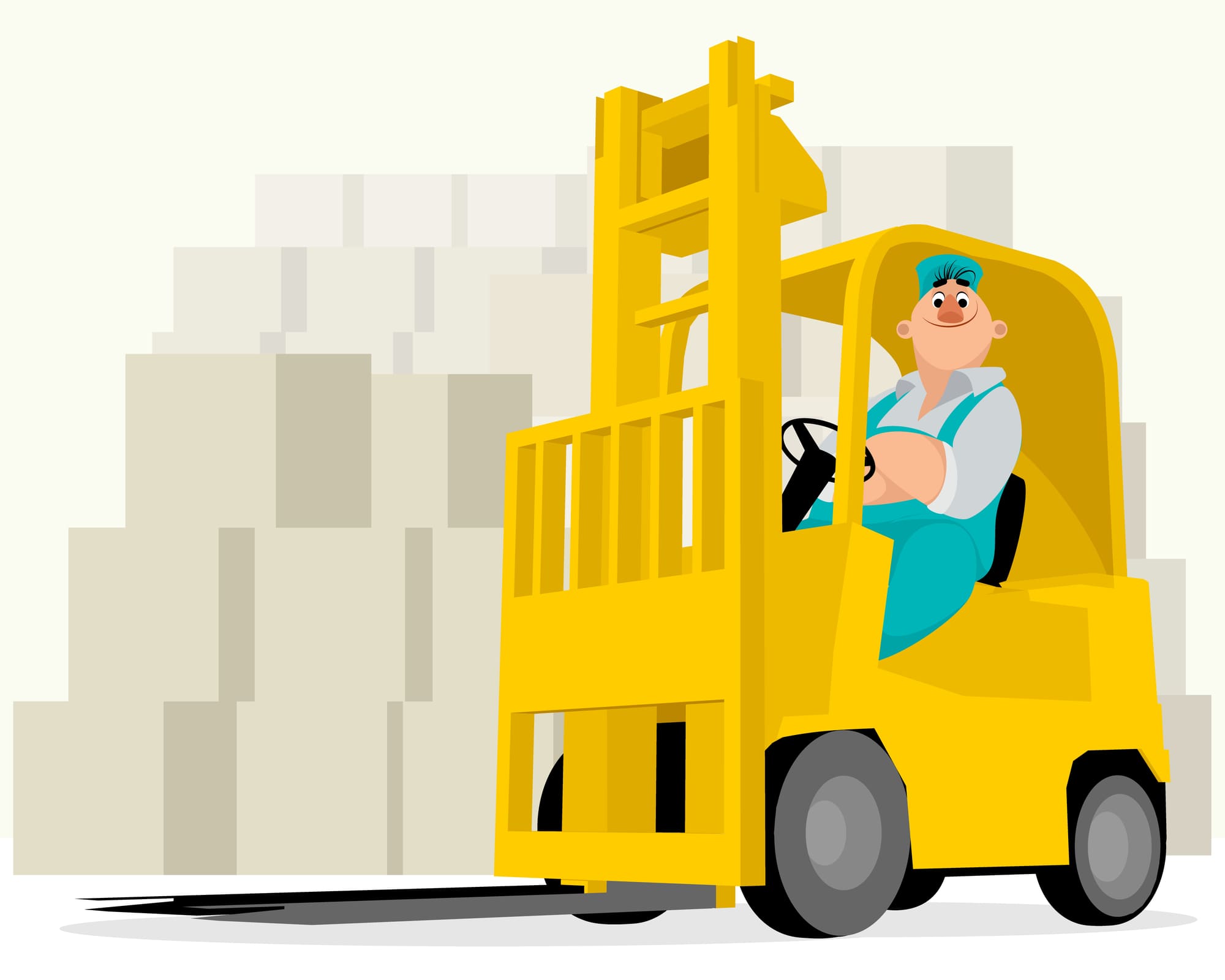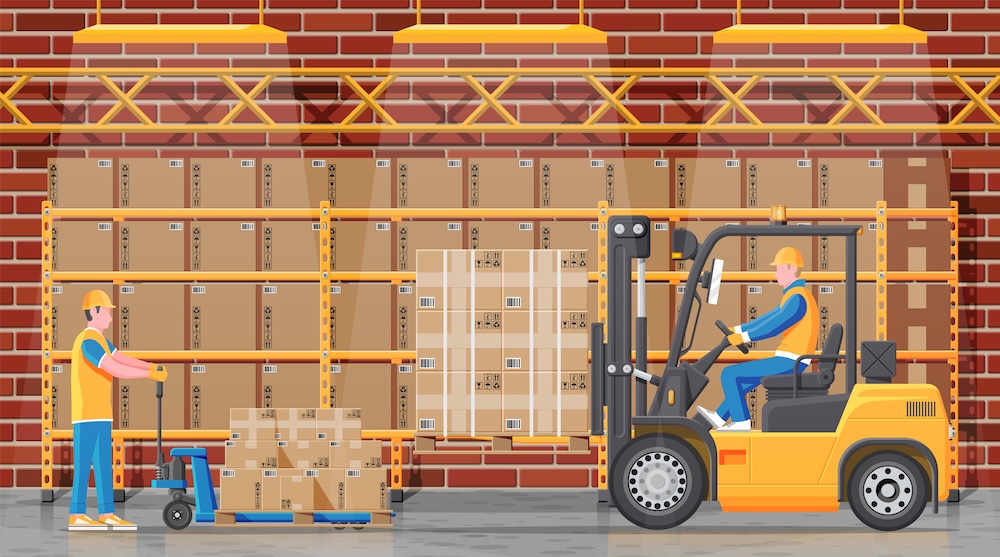Forklift Safety: Steps You Should Take During a Tip Over
06/26/2024
CITrucks
In the fast-paced world of material handling, forklift safety stands as a paramount concern. Among the various hazards operators face, forklifts tipping over presents a particularly grave risk.
In this blog, we delve into essential steps to safeguard yourself during such a precarious situation. From the crucial role of seatbelt fastening to strategic maneuvers like leveraging the steering wheel and firmly planting your feet, we explore practical measures to minimize injury.
Emphasizing the importance of forklift training, we equip operators with the knowledge and skills necessary to navigate tip-over scenarios safely. Join us as we go over safety protocols for what you should do in case of a tip over.
Fasten Your Seatbelt Before You Start
In the event of a forklift tipping over, fastening your seatbelt before even starting can be the single most crucial action to ensure your safety. A seatbelt serves as a primary line of defense, securing the operator firmly to the seat and preventing ejection or serious injury during a tip-over incident. These belts are engineered to withstand substantial force, designed to hold even in the most abrupt and forceful situations.
Forklifts, due to their nature of operation and the weight they carry, can be prone to tipping over if not handled properly. This is why forklift operator training emphasizes the importance of seatbelt usage as part of daily inspection and operational protocols. By incorporating seatbelt fastening into routine checks, operators reinforce a safety-first mindset, mitigating risks before they escalate.
Forklift operator training educates individuals not only on operating the machinery efficiently but also on prioritizing safety measures. Regular inspection routines that include checking the functionality and condition of seatbelts instill a proactive approach to safety, ensuring operators are adequately protected in any unforeseen circumstances. In essence, securing your seatbelt before starting a forklift isn't just a precautionary measure; it's a fundamental aspect of responsible operation and injury prevention.
Do Not Jump
When faced with a tipping forklift, one of the most critical actions to avoid is jumping out of the vehicle. While the instinct to escape may be strong, ejecting yourself from the forklift can escalate the danger exponentially. Once outside the confines of the vehicle, it becomes exceedingly challenging to maintain control over your movements amidst the chaotic momentum of a tip-over.
Jumping out poses several perilous risks. You might inadvertently land in the path of the tipping forklift, risking severe injury or worse. Alternatively, you could collide with nearby objects, or you could land awkwardly, leading to significant harm to your ankles and knees. Moreover, attempting to abandon the forklift mid-tipping undermines the protective measures in place, such as safety cages and restraints, designed to shield occupants during such events.
Forklifts are equipped with an array of safety devices precisely to safeguard operators in hazardous situations. Trusting in these safety features and remaining inside the vehicle provides the best chance of minimizing harm during a tip-over. As challenging as it may be, maintaining composure and staying restrained within the forklift significantly increases the likelihood of emerging from the incident unscathed. Forklift operator training underscores the importance of trusting in these safety mechanisms and adhering to proper protocols, reinforcing the imperative of staying inside the vehicle during a tip-over scenario.

Use the Steering Wheel
During a forklift tipping over, utilizing the steering wheel can serve as a critical strategy to enhance your chances of minimizing injury. While conventional steering may not be feasible in such a situation, gripping the steering wheel firmly can help brace yourself for impact and maintain stability within the vehicle.
Rather than steering, the primary function of the steering wheel in this scenario is to provide a sturdy anchor point to grip onto, aiding in stabilizing your body and preventing it from going limp upon impact. By maintaining a firm hold on the wheel, you can effectively counteract the forces exerted during the tipping motion, thereby reducing the risk of being thrown off balance or ejected from the forklift.
In addition to grasping the steering wheel, firmly planting your feet on the floor is equally crucial. Secure footing helps to anchor your lower body, preventing your legs from slipping or being swept away by the tipping motion. This combination of gripping the steering wheel and firmly planting your feet creates a stable foundation, allowing you to better withstand the forces of the forklift hitting the floor and improving your chances of remaining safely inside the vehicle.
Lean the Correct Way
In the event of a forklift tipping over, leaning away from the direction of the tilt is a crucial maneuver to protect your upper body from potential injury. While gripping the steering wheel and securing your footing provides stability, leaning away helps to further safeguards against the forces exerted during impact.
By leaning away from the tipping direction, you actively counteract the momentum, distributing the force more evenly across your body. This proactive stance helps prevent your upper body from being caught off guard and going limp upon impact. The last thing you want is for your head to make contact the concrete floor, as this could result in traumatic brain injury or even prove fatal.
Forklift operator training underscores the importance of this technique as part of emergency response protocols. In addition to prioritizing the safety of occupants, operators must also be mindful of forklift maintenance and repair. Regular inspections and prompt repairs ensure that the vehicle operates optimally, reducing the likelihood of accidents and enhancing overall safety.
Learn to Stay Safe on Your Forklift with Carolina Industrial Trucks
Prioritizing safety measures during a forklift tip-over is crucial to mitigate potential injuries. From fastening seatbelts to leveraging the steering wheel and leaning away from the tipping direction, these proactive actions can significantly reduce the risks associated with such incidents.
Forklift operator training plays a pivotal role in instilling these safety protocols, ensuring operators are equipped with the necessary knowledge and skills to navigate challenging scenarios effectively. Remember, your safety is the number one priority.
Contact Carolina Industrial Trucks today for all your forklift needs, including new and used forklifts, parts, maintenance, and comprehensive forklift training. Let's prioritize safety together.





